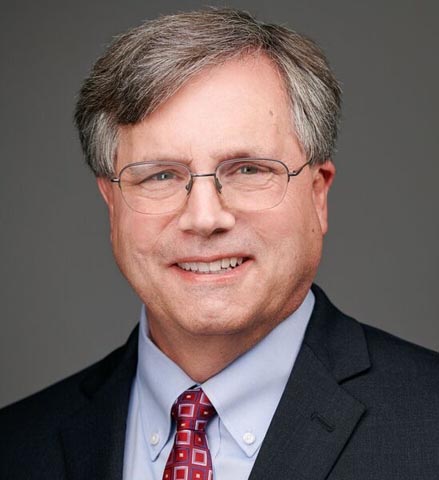
Remember California’s Hydrogen Highway? Odds are you probably don’t.
Announced with great fanfare in 2004, after 20 years of implementation, California currently has a modest 63 hydrogen fueling stations scattered throughout the state to service about 12,000 hydrogen cars – including three hydrogen stations operating to fuel heavy duty trucks.
When was the last time you rode California’s High-Speed Rail? You haven’t. And unless you are under 40 years of age you may never have that opportunity.
California’s High Speed Rail Project is an example of the current state of politics in California with elected officials avoiding making the tough decision to either terminate the project or to fully fund it.
No one can admit failure – nor is anyone willing to make the massive commitment to ensure its completion. Instead, the project limps along, slowly over time, with new officials following a familiar pattern of avoiding difficult decisions.
In the early 2000s, BNSF Railway announced plans to build a railyard near the ports of Los Angeles and Long Beach. Completion of the project was targeted for around 2011. After 20 years, the project still awaits a completed and approved environmental impact report (EIR).
By comparison, our competitors in Panama expanded their canal, and states like Alabama, Louisiana, Florida, Texas, the Carolinas, Virginia, Maryland and New York and New Jersey have all been building and expanding their ports and supporting supply chain – all to the detriment of California ports.
Yet, failure is not a reason for California to stop pursuing “aspirational goals.” One such goal is to require the supply chain to be zero emission by 2035 – and for 100% of new cars sold in California be zero emissions vehicles.
In order to electrify the trucking component of the supply chain, about 400 heavy duty truck charging units need to be built every month between now and 2035. Marine terminals are to be zero emission by 2030, per port policy.
And the requirements for ships to plug into shoreside electrical power continues to expand, with tankers and breakbulk vessels coming into compliance in the coming years.
Aside from who will pay for these charging units and the required supporting infrastructure or whether the power grid will be able to support these requirements, there are associated questions as to who will build them in time, and whether California’s permitting requirements allow for the infrastructure to meet the emission deadlines.
If an EIR can’t be successfully accomplished in 20 years, how will the state ensure that massive changes in our supply chain and power grid infrastructure will be completed? The unequal application of California’s Environmental Quality Act, resulting in an environmental review process which is measured in geologic terms, ironically will negatively impact California’s environmental goals.
Over the past several years, every summer during extreme heat events, regulators and the California Independent System Operator (which oversees the operation of California’s bulk electric power system) request that ships disconnect from shoreside electrical power to avoid power outages to the general public – just as we are all asked not to use our electrical appliances between the hours of 4-9 pm.
Expanding requirements on the power grid without ensuring that the additional power demand will be met (funding and permitting issues aside) is not a well thought out plan.
While some may point to offshore wind as a major component of meeting our future energy needs, one only has to look at the ill-fated High Speed Rail project, the forlorn Hydrogen Highway and numerous other land-based infrastructure projects that have failed to meet deadlines and cost estimates and are decades behind schedule.
These projects are primarily known for what they could have been, not for what they are.
Many of California’s zero emission policy objectives address serious issues. But to be successful, to be visionary, they have to be able to succeed. For many of these goals, that will not be possible.
In order to truly accomplish our needed goals, we need to think past the headlines or desire to be “first.”
With hundreds of thousands of supply chain jobs at stake, there is a real question about whether the state will deliver on critical decisions and funding that will shape the future of goods movement.
We need thorough debate and analysis in order to provide comprehensive solutions that are able to deal with obstacles and challenges.
To do less than that is to ensure failure. Think about that the next time you are refueling along the hydrogen highway on your way to the high speed rail station.
John McLaurin is president of the Pacific Merchant Shipping Association, an Oakland, Calif-based independent, not-for-profit association focused on global trade.

